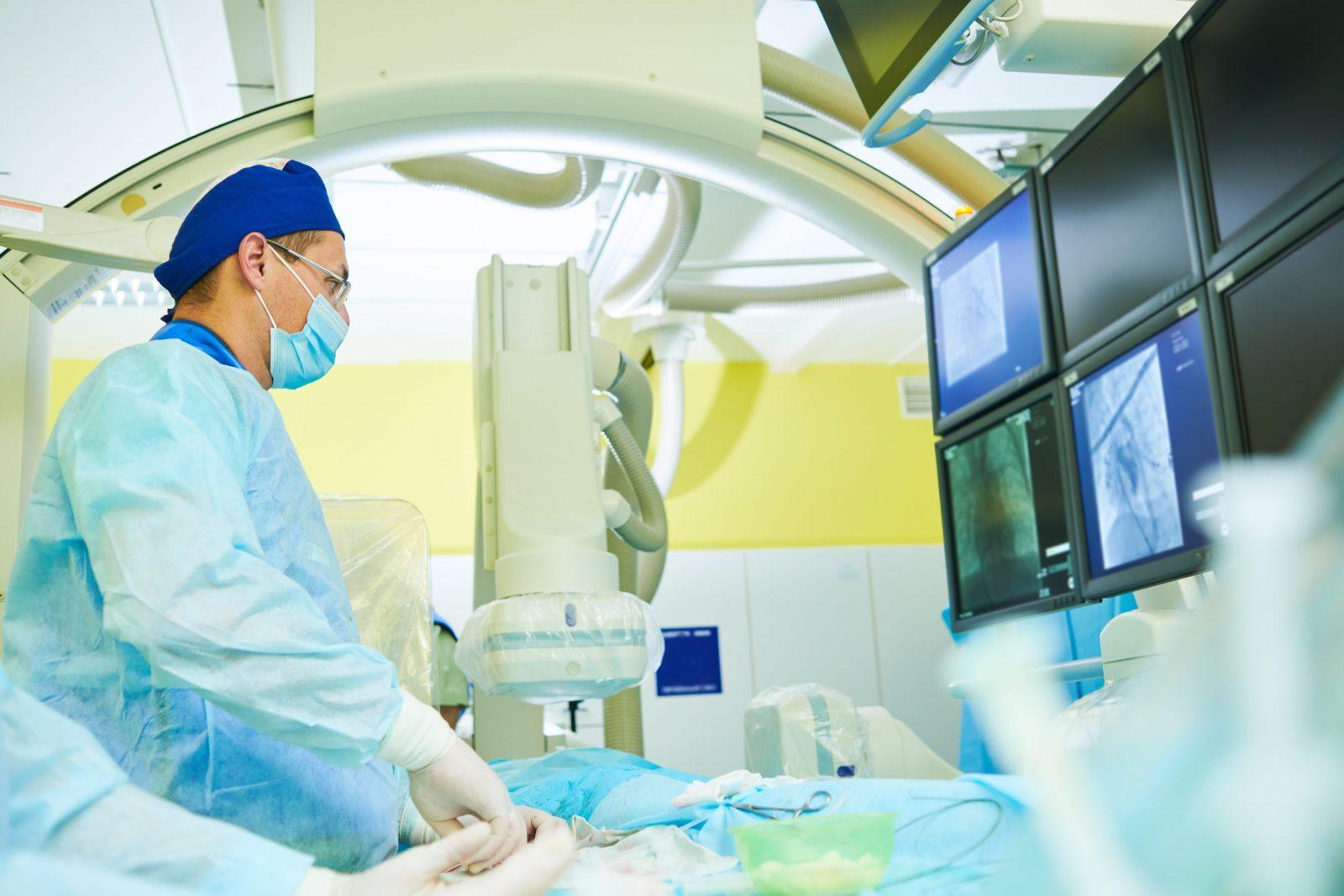The following Fluoroscopy Safety and Radiation Protection Training is designed to educate healthcare providers on the foundation of radiation physics. Additionally, fluoroscopy is a sort of medical imaging that displays a continuous X-ray image on a monitor, similar to an X-ray movie. During a fluoroscopy technique, an X-ray beam is directed through the body.
What You Will Learn
- Potential radiation hazards
- Principles to minimize radiation exposure
- How to safely operate fluoroscopy equipment
- Techniques to manage radiation dose
- Current regulatory requirements
- The types of personal protective equipment to reduce radiation exposure
Details
Course length: 1 hour; CEU 1.00
Languages: American English
Key features: Audio narration, learning activity, and post-assessment.
American Medical Compliance is accredited by the Accreditation Council for Continuing Medical Education (ACCME) to provide continuing education to physicians. Our Continuing Medical Education (CME) program is committed to enhancing the knowledge, skills, and professional performance of healthcare providers to improve healthcare outcomes. Through high-quality educational activities, we aim to address the identified educational gaps to support the continuous professional development of our medical community. American Medical Compliance designates this activity for a maximum of 1 AMA PRA Category 1 Credits. Physicians should only claim this credit for their complete participation in this activity.
Get Certified
American Medical Compliance (AMC) is a leader in the industry for compliance, Billing, and HR solutions. To become certified, please visit us at American Medical Compliance (AMC).
Reach out for other courses by visiting the AMC Course Library.
The Risks and Benefits of Fluoroscopy
Fluoroscopy is utilized in a wide range of diagnostic and therapeutic treatments. Here are several examples:
- Barium X-rays and enemas to view the gastrointestinal tract.
- Placement of devices within the body, such as stents to open narrowed or blocked blood vessels.
- Angiograms to visualize blood vessels and organs.
- Catheter insertion and manipulation to direct the movement of a catheter through blood vessels, bile ducts, or the urinary system.
- Orthopedic surgery to guide joint replacements and treatment of fractures.
While there are benefits to using this therapeutic treatment method, there are risks as well. The radiation dose that the patient receives varies on the type of procedure. Fluoroscopy can result in relatively significant radiation doses, particularly for complex interventional procedures, such as inserting stents or other devices into the body, that require fluoroscopy use for an extended period of time. Some radiation-related risks associated with this treatment include but are not limited to radiation-induced injuries to the skin and underlying tissues and radiation-induced cancers. However, the likelihood that a person will experience these effects from a fluoroscopic procedure is statistically very low.
Radiation Protection in Interventional Radiology
Over the last decade, there has been a rapid increase in the number of interventional radiology (IR) procedures performed. Because the number of procedures and the complexity of these procedures is growing, patients and staff are more likely to be further exposed to radiation. High levels of radiation exposure can lead to the occurrence of deterministic effects in patients and staff. These effects can vary from transient erythema to skin necrosis. Also, all irradiated patients are at risk of an increased incidence of stochastic injuries.
To learn more about the uses of radiation and fluoroscopy in your practice and also implement the given safety procedures, click the button below.



